What do you need to do to stay compliant with the Google Ad Grant and make sure that you keep your account active and running smoothly? Before we begin, I want to explain the philosophy behind the compliance rules so that you understand what Google is trying to do, and therefore, construct your account in a way such that even if there are new compliance rules in the future, you’ll already be set up to be compliant with them.
From Meaningless Spend To Meaningful Conversions
The objective of compliance rules is to “move from meaningless spend to meaningful conversions.” When the Google Ad Grants program first began, people were focused primarily on spending the full $10,000 to the extent that they could. This often led to advertising anything and everything, including some things that didn’t necessarily make sense.
For example, if an animal shelter organization was offering dog adoptions into loving homes, they would advertise on the word dogs. Potentially, anyone searching for anything related to dogs would see those ads. You might think that would be great since those ads are being shown to everyone thinking about dogs. The problem is that those ads were showing up in places where it didn’t necessarily make sense. So if someone Googled “Who Let the Dogs Out lyrics,” an ad might show up saying “adopt a dog.” That didn’t make sense for the searcher because it wasn’t what they were trying to find. If a searcher is trying to find lyrics and seeing an ad for dog adoptions, it can be a bit jarring because everything else on the page is very relevant to what they’re looking for.
This practice started decreasing the value of the search experience. So Google said, “Let’s put compliance rules in place so that people are only advertising on topics that really make sense. By doing so, we can continue offering this wonderful benefit to nonprofits while ensuring searchers see information that’s actually relevant.” This led to the creation of compliance rules in early 2018.
Google Ad Grant Compliance Rules
No Single Word Keywords
To enhance user experience and only show relevant ads to searchers, Google created its first compliance rule, which is “no single word keywords.” The keywords that you specify in your Google Ad Grants account are the words that, when people search for them, will trigger your ads to potentially show up in the search results. Google determined that each of those keywords must have at least two or more words in them. So you can’t just have “dogs” as a keyword or “dog” or “adopt.” You have to have, for example, “adopt dogs” or “adopt a dog,” “adopt puppies,” etc. That makes the search term much more relevant to what the person is actually looking for. That’s rule #1.
Low-Quality Score Keywords
The second rule is in the same vein. It says that you have to pause keywords that have a quality score of 1 or 2. Quality score is the metric of how relevant this keyword is in your ads and your landing pages. So Google asks that you pause low-quality score keywords and don’t show your ads on them. This is another way to ensure that the results continue to be very relevant for the searchers.
Minimum Click-Through Rate (CTR)
Another rule that’s in place is the click-through-rate. This is the third rule that’s designed to make sure that ads are relevant. Your click-through rate is equal to the number of people who click on your ad divided by the number of people who view your ad. If your click-through rate is less than 5%, you’re in danger of being suspended. Google requires that Ad Grants accounts maintain a click-through-rate of at least 5% to stay in the program.
This is another way to determine relevancy. If a lot of people are seeing your ad, but no one is clicking on it, it’s a sign to Google that the ad might not be as relevant as they had hoped. The problem there is that, again, it’s decreasing the value of the searcher’s experience.
Geo-Targeting
A fourth method of ensuring that the ads are relevant to the searcher is based on geo-targeting. You can specify what geographic area your ads can be displayed in – maybe it’s a city, maybe it’s a state, maybe it’s a county, maybe it’s a whole country if you’re national. Prior to the compliance rules being in place, there was no safeguard to prevent you from accidentally specifying the entire country as the location for your ads when your organization only worked in one county of one area. Now, that’s actually checked. If an organization doesn’t work in an area, ads shouldn’t be showing ads in that area because it’s not a good experience for the searcher.
Conversion Tracking
Another compliance rule is valid conversion tracking. Google encourages the tracking of meaningful conversions. Meaningful conversions are actions such as filling out forms to learn more about your organization, signing up to volunteer, signing up for email newsletters, donating, watching key videos, signing petitions, or taking some kind of meaningful action to learn more about you and your cause and the work that you do or in some tangible way supporting your mission.
You are required to have Google Analytics installed on your website so that you can set up and track those conversions. The requirement is that you have at least one meaningful conversion action happening each month. So you want to make sure that of all the people that you are sending to your website through the Google Ad Grant, at least one of them is performing a conversion. You can get into trouble if you set your conversions as something that happens all the time. For example, if you set a conversion as “viewed the homepage,” nearly everyone who comes to your website would at some point or another view the homepage, which would lead to a very high conversion rate. Google will flag you for that. If your conversion rate is above 15%, you’ll start to get flagged, and Google will want to investigate if you are tracking goals that are appropriately meaningful or not particularly significant for your organization. Someone filling out a form to volunteer is very significant. Someone viewing the homepage is not particularly significant.
You also want to be careful, potentially, about goals like number of pages viewed or just time on site. Ideally, the conversions you’d be tracking would be meaningful actions that people are taking to get involved and not just something they’re doing passively like viewing a commonly viewed page. So that’s the conversion tracking policy.
There are a few other sub-requirements that state that conversions must be categorized accurately. For example, if you have a donation conversion you’re required to categorize it as purchase/sale in the conversion tracking section of Google Ads so that Google knows this is a donation actually taking place. If it’s not someone actually donating, it shouldn’t be categorized it as purchase/sale. That’s really important for the Google Ads team’s reporting so that they can understand the impact of the program.
Annual Survey
An additional requirement is the annual survey. You will complete a survey after you begin the program or during the application process, and then you’ll be invited to complete a survey every year, sharing your experience with the program and how you’re using the Google Ad Grant. This is a requirement as well, so if you don’t do that, you’re at risk of being suspended, and it’s a really quick, easy, painless Google form they send you to fill out.
With that, you’ll want to make sure that your customer ID is entered into the form exactly right because, otherwise, it can lead to your response not being associated with your account, which can create lots of problems down the road.
Account Structure
Another requirement is that the structure of your account has to follow Google’s best practices. They request that a minimum of two ad groups are created for each campaign. An ad group is a collection of both keywords and ads, so if you had a campaign about adopting – maybe you have one ad group that says “adopt puppies,” and you have a lot of keywords there about adopting puppies, and then there’s another ad group about adopting older dogs and then you have ads for those. Each ad group must have at least one Responsive Search Ad. That’s another really important component of the compliance rules.
Sitelink extensions are another requirement of your account structure. Sitelink extensions are little links that can appear below your ads and allow people to view other pages on your website, so, for example, if someone Googled a topic related to your organization’s work, you could have the main ad which would send them to a blog post on your website, for example, about that topic. And then under it, there could be additional links, maybe giving more information, maybe giving a link to your contact form, maybe giving a link to your mission, maybe giving a link to your about page, etc., so that people can dig deeper, if they want to, right from within the ad.
Account Maintenance
There are a few other rules in terms of making sure that you’re logging into your account at least once a month and that you’re making changes at least every few months just so that Google knows you’re still active with the account. If you don’t spend any money on the account for a certain period of time, you’ll eventually have your account deactivated and then it will be a laborious process to get it reactivated, so make sure you’re always continuing to use the Ad Grant.
These are the main Google Ad Grant compliance rules to keep in mind. We would recommend, for a lot of these things, checking them at least weekly. There are other requirements that maybe don’t have to be dealt with as often, like the annual survey, but a lot of these different things should really be addressed on a weekly basis, like low quality score, keywords, or ads or keywords with a really low click-through-rate.
This is a constantly evolving landscape, so depending on when you watch this video or read this article versus when it was produced, there may be additional rules that are now in place. But this will at least get you started. Please check out Google’s Ad Grants Policy Compliance Guide for the most current information. If you do have questions, please feel free to drop us a line. We’d be happy to answer those for you.
.svg)

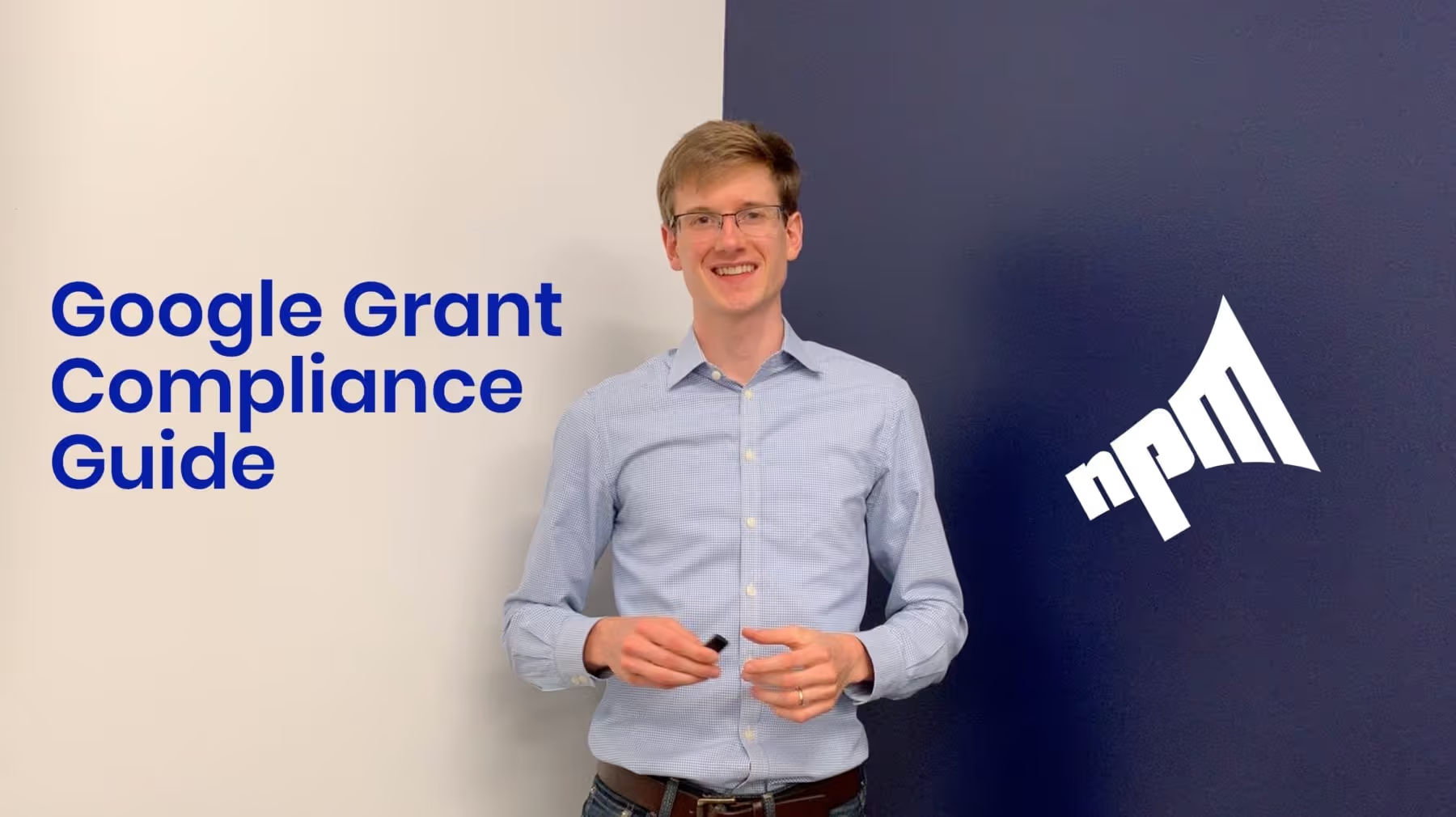
.svg)
.svg)
.svg)

.avif)











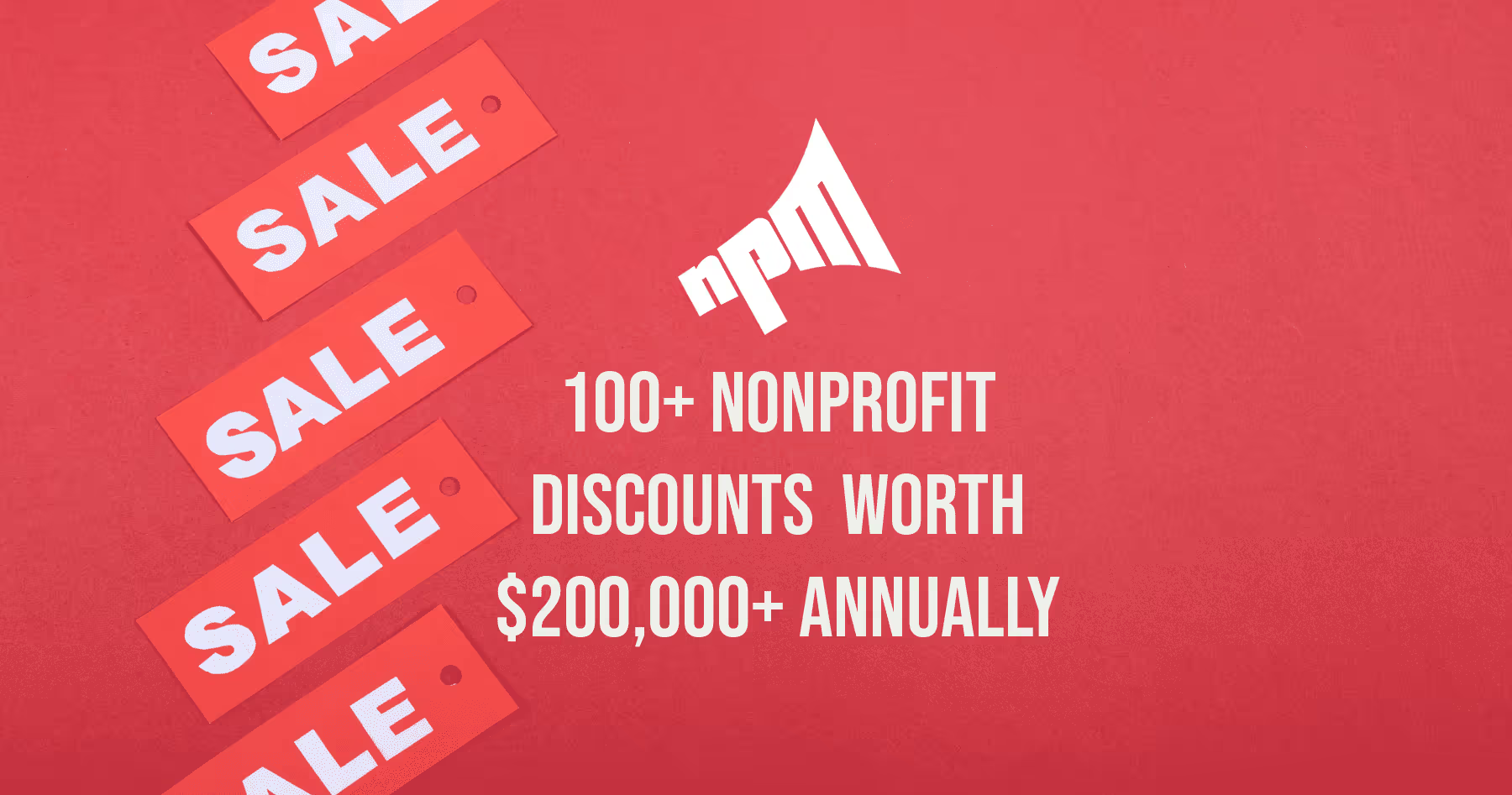










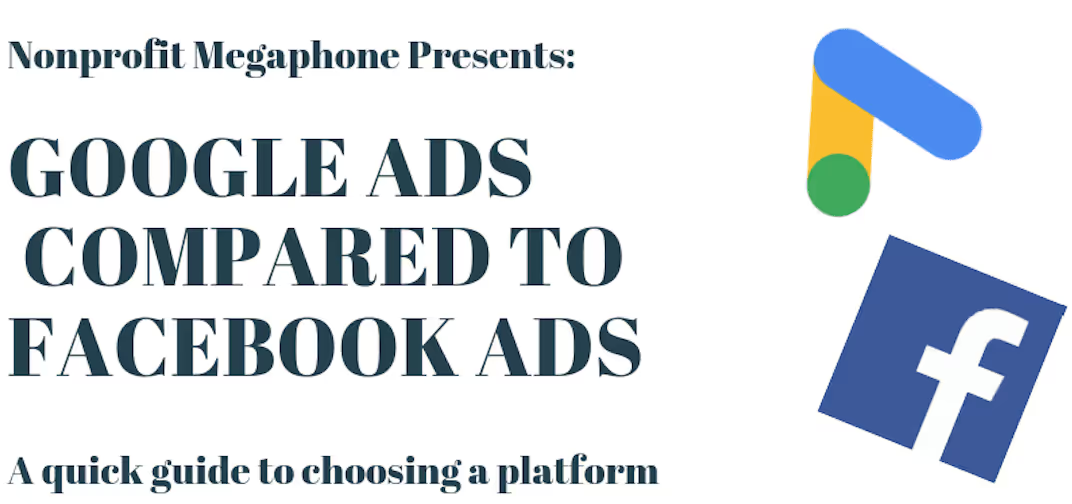



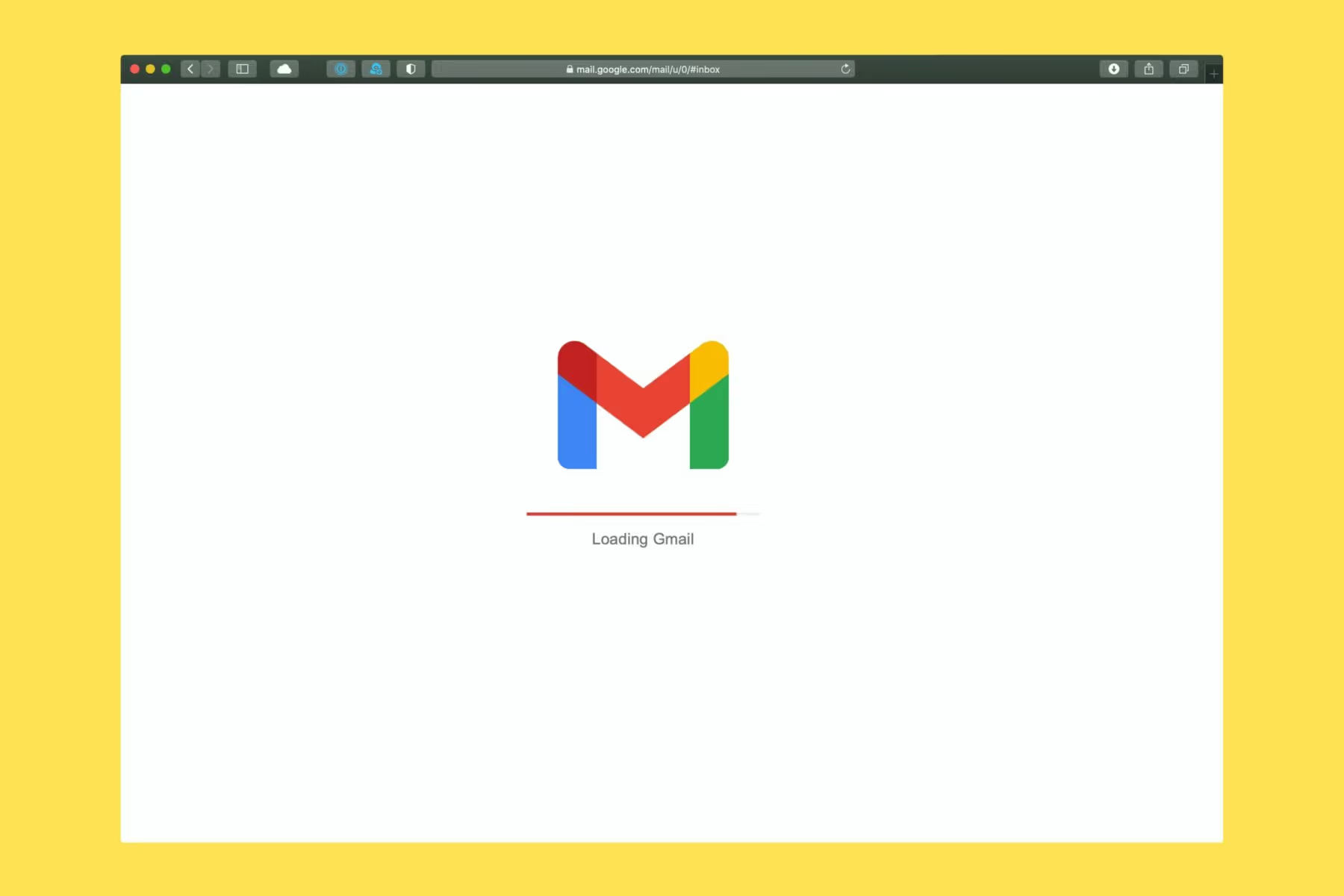


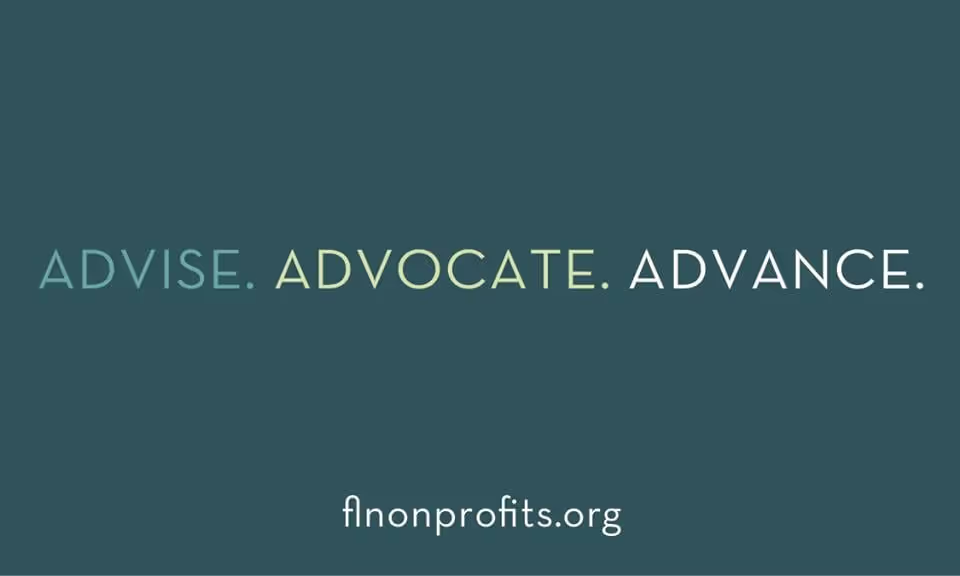

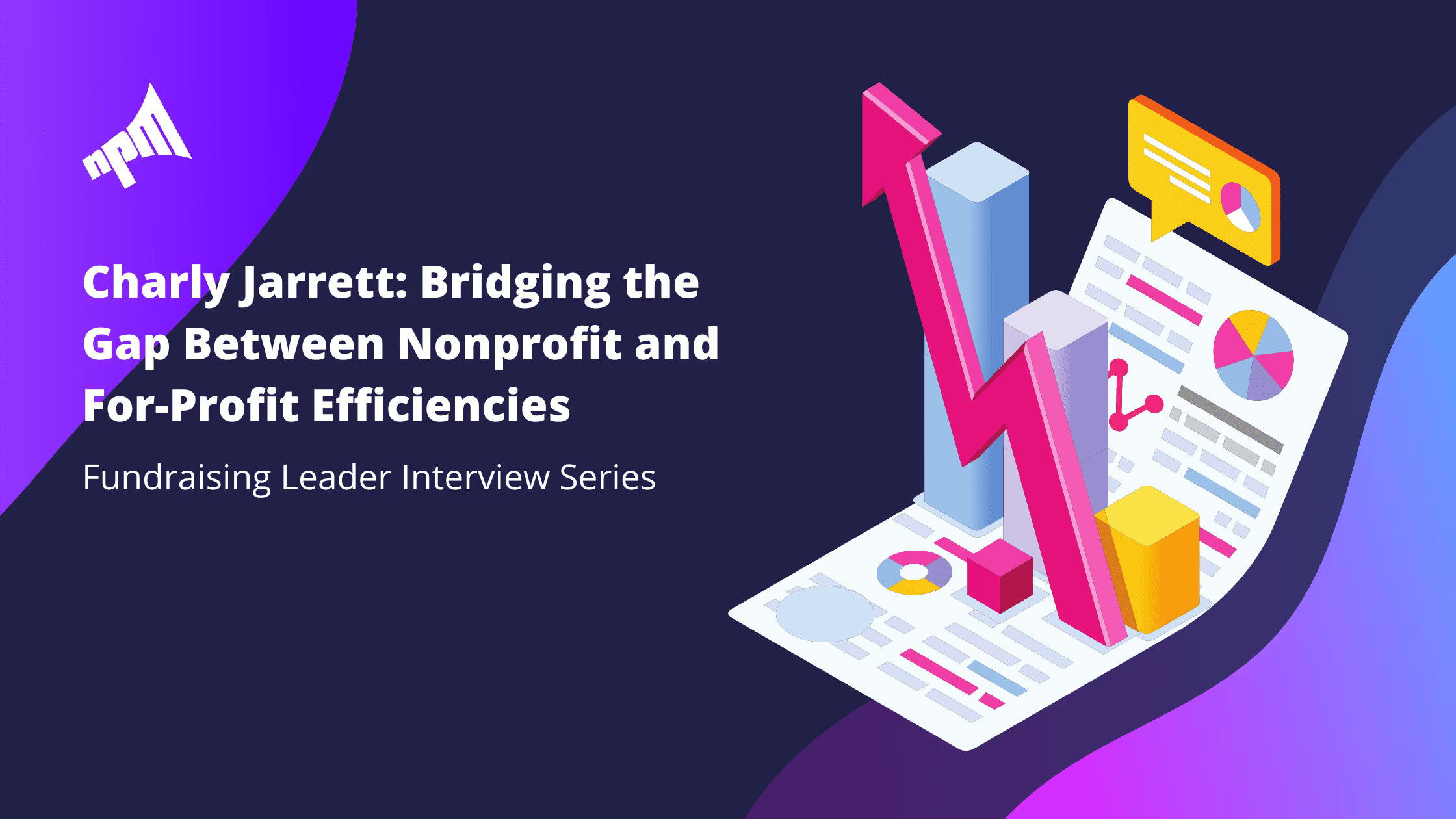







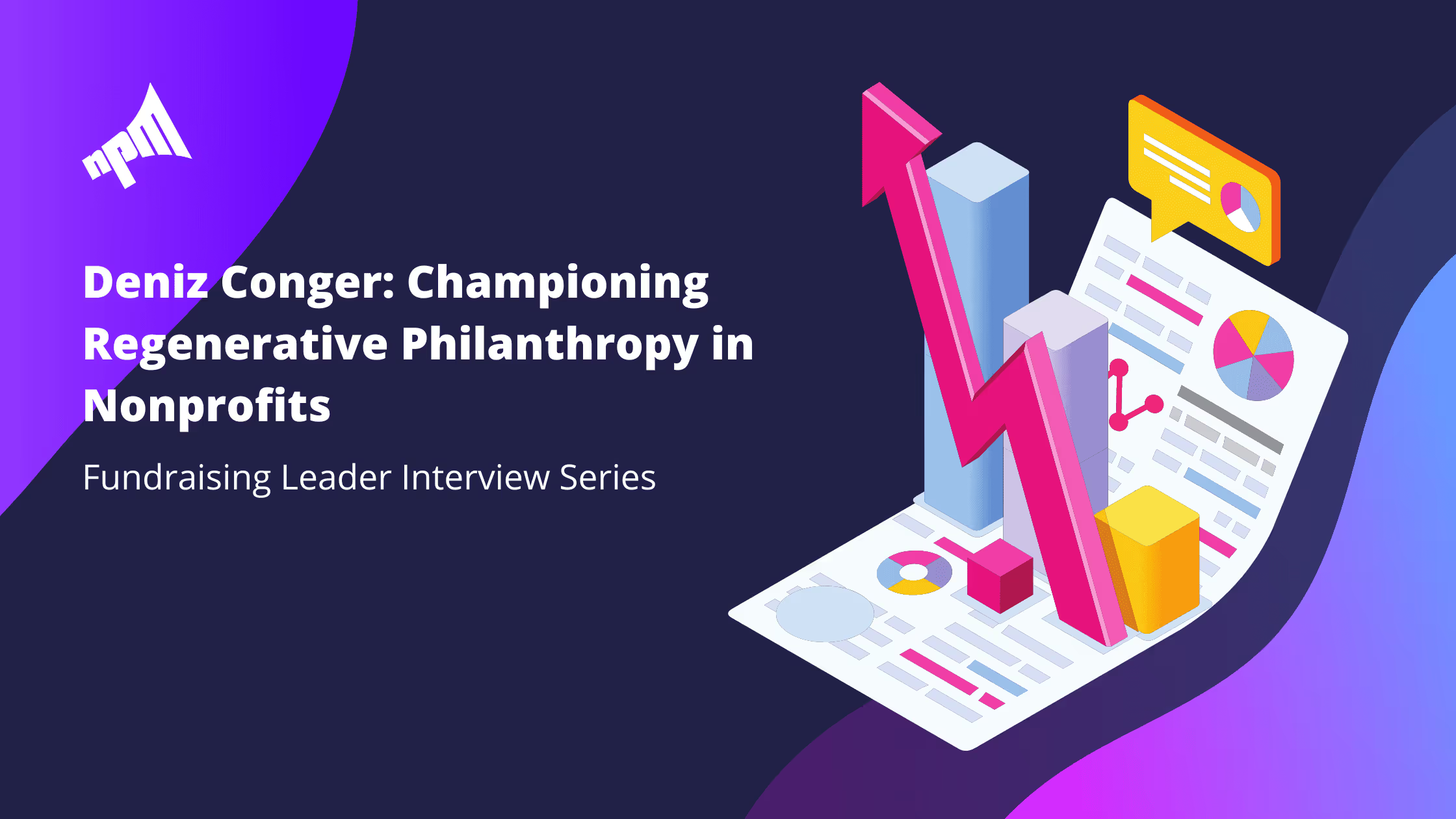





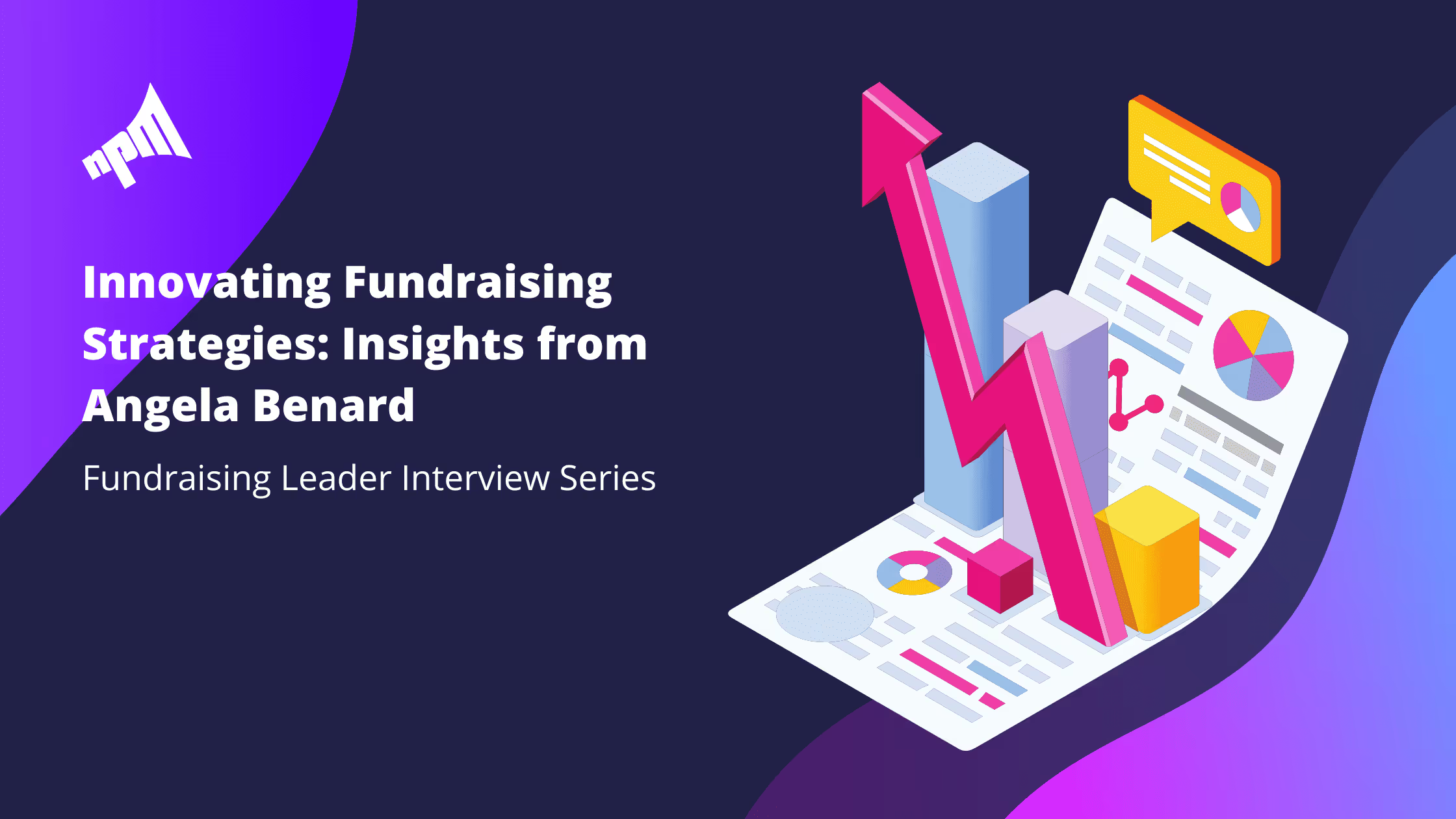






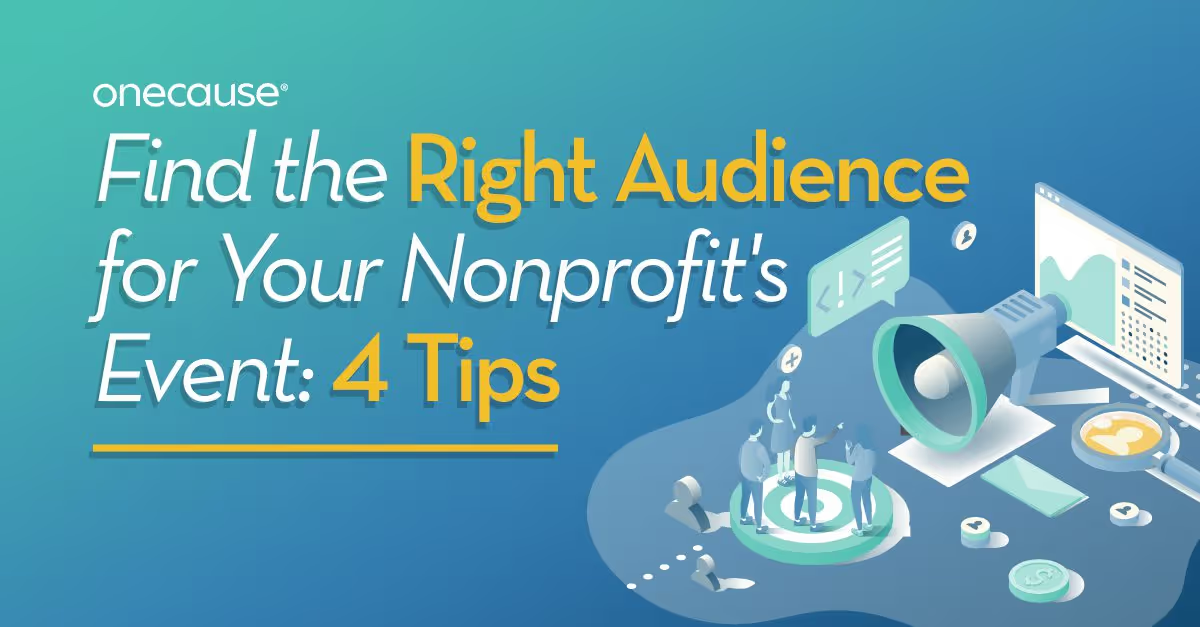





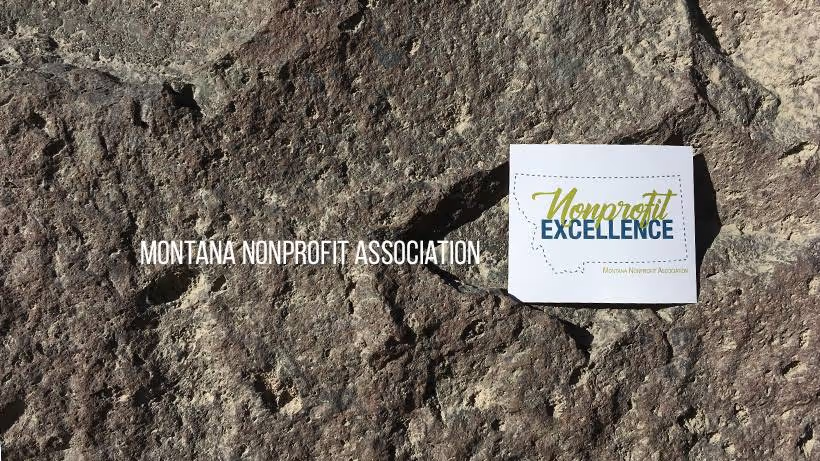










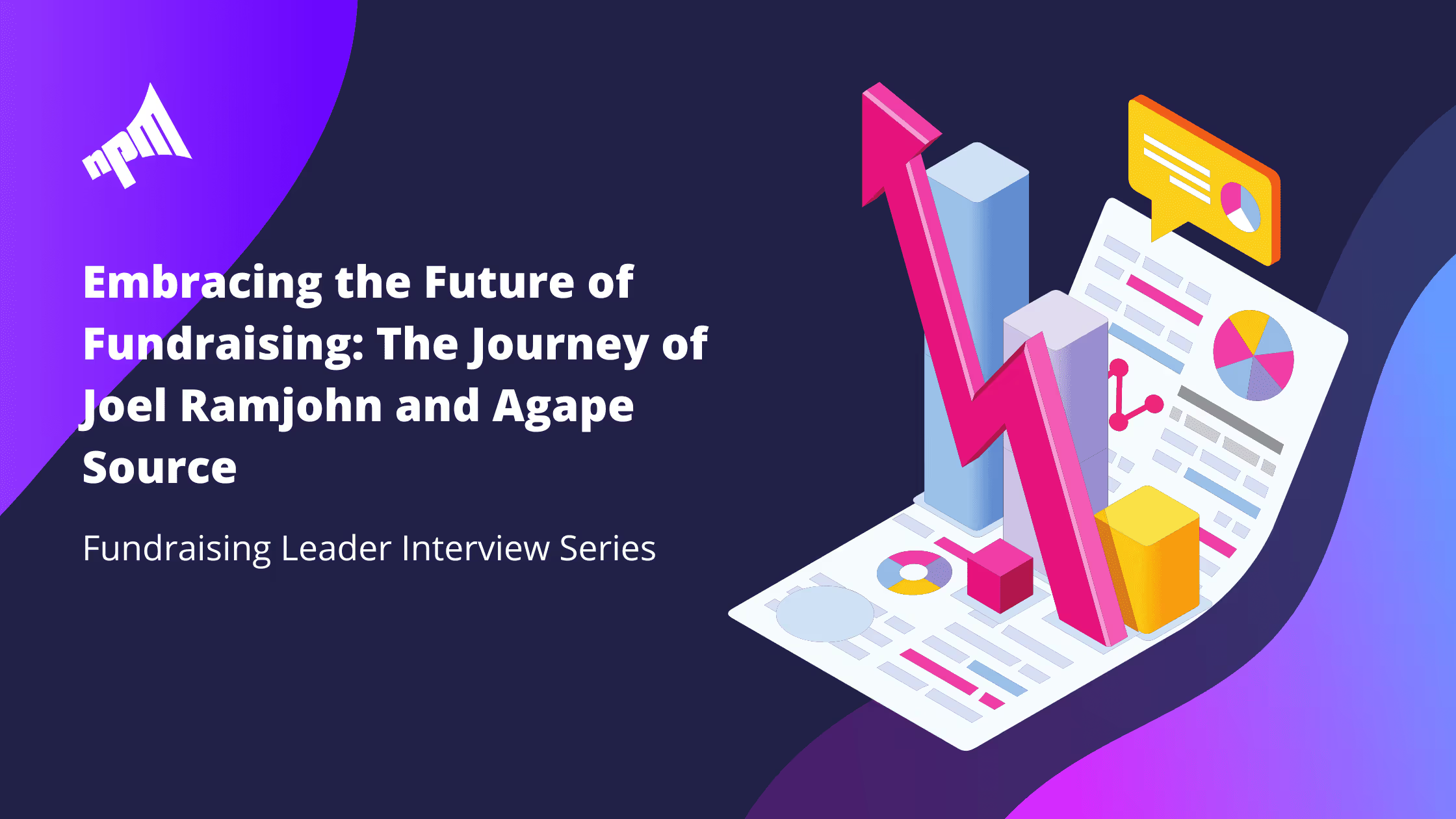











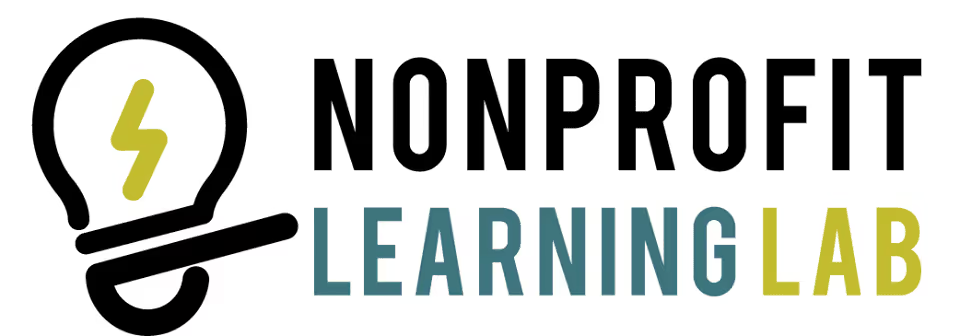













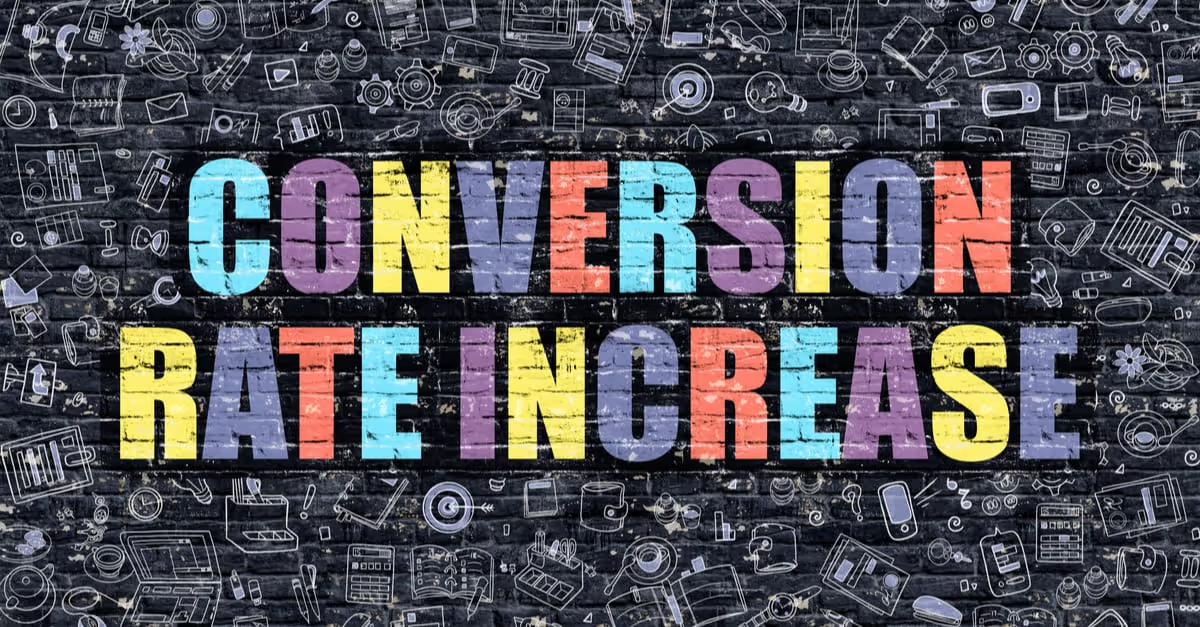



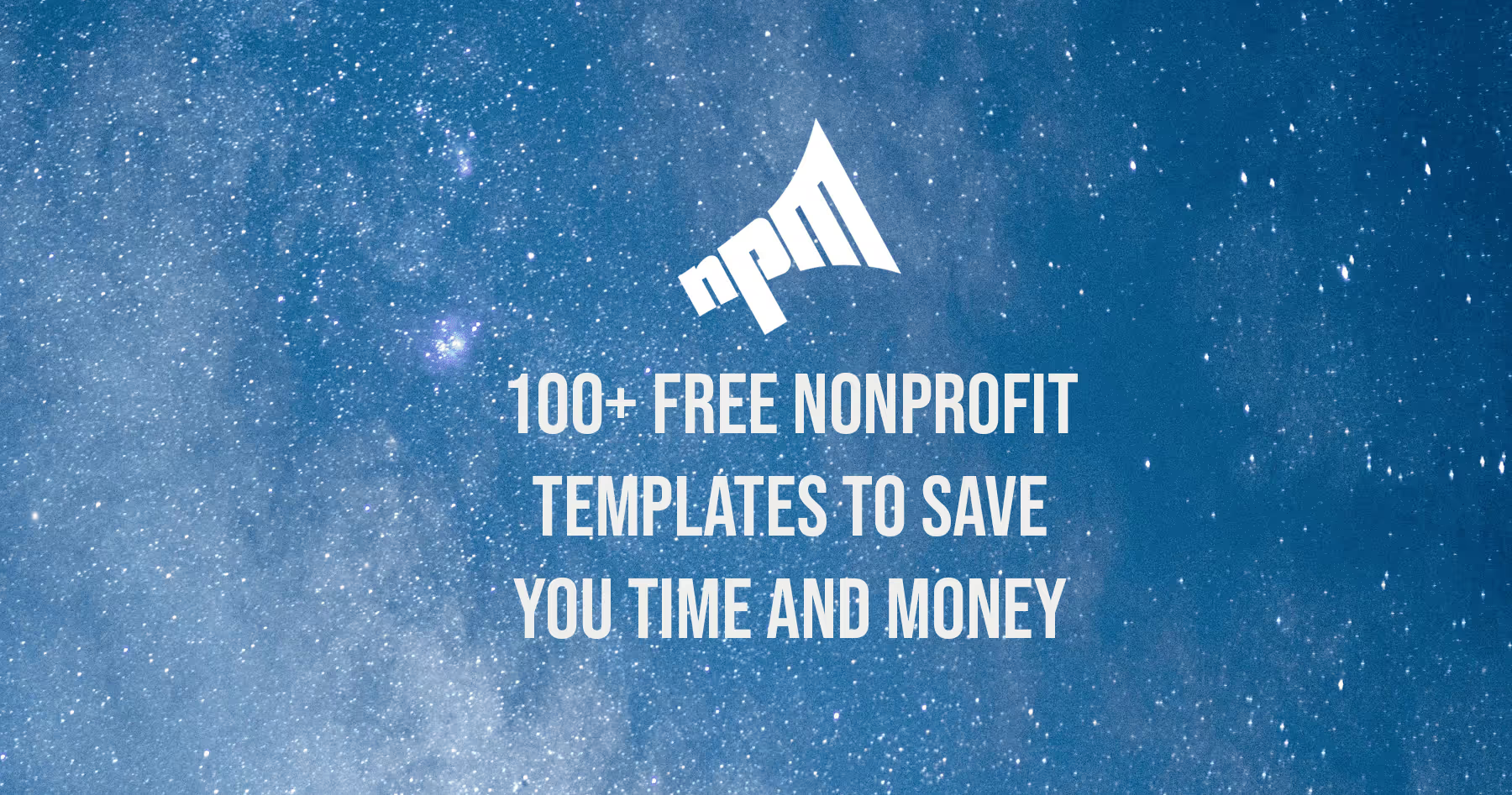



.svg)
.svg)
.svg)
.svg)